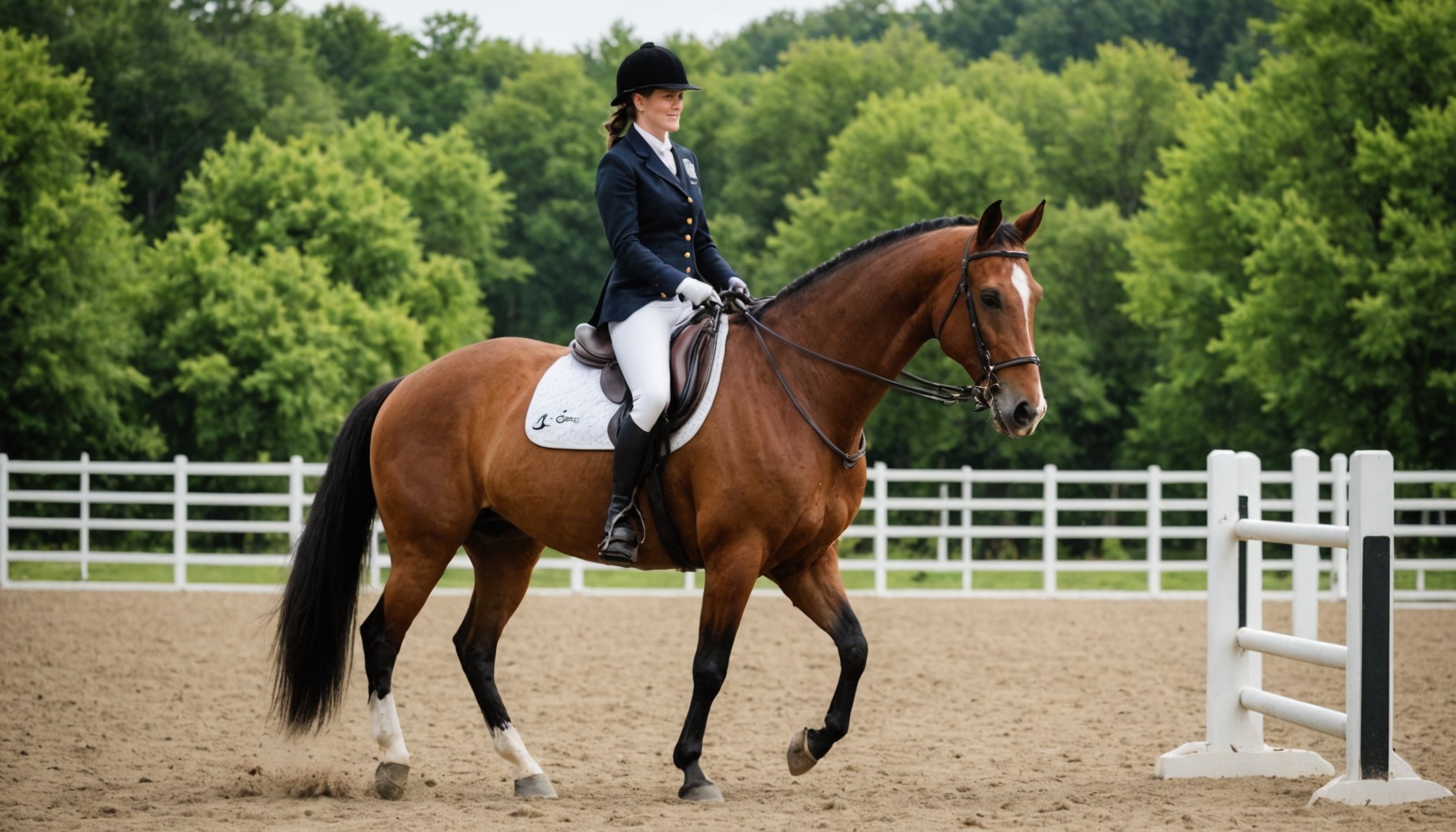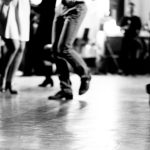Understanding the Equine Psychology
Horses, majestic and intelligent creatures, exhibit complex equine behavior that often requires close attention to comprehend. It is crucial to delve into the basics of horse psychology to better understand these animals. Recognizing how horses communicate is vital. They use key signals and body language to convey their emotions and intentions. For instance, a pinned-back ear could signal irritation, while a soft nicker might express contentment.
Establishing trust and connection with a horse begins with understanding these cues. Horses, being prey animals, are naturally attuned to their surroundings and react instinctively. They respond better when they feel secure and respected, which can be achieved through consistent interaction. Spending time observing and interpreting their body language can significantly enhance your connection.
Have you seen this : Winning Strategies: Mastering Stress for Peak Performance in Competitive Bowling Tournaments
A harmonious relationship requires mutual respect and understanding. By recognising and responding to a horse’s signals, one can foster a bond built on trust and communication. This knowledge forms the foundation for effective equestrian training and handling horses in a manner that respects their inherent psychology. This will not only lead to a more profound connection but also an enriching experience for both horse and handler.
Training Methodologies that Foster Trust
The foundation of successful equestrian training lies in nurturing a bond built on trust, primarily through effective training methodologies. These methods highlight the importance of fostering a positive experience for both horse and rider.
In the same genre : Elevating Professional Tennis Performance: The Untapped Power of Cross-Training for Enhanced Endurance and Skill
Principles of Positive Reinforcement
Positive reinforcement is a core element in building trust during equestrian training. By rewarding desirable behaviors, horses are more likely to associate training with positive experiences, encouraging a willingness to learn. Implementing rewards such as treats or verbal praise helps reinforce desired actions, which gradually strengthens the horse’s confidence and morale.
The Role of Consistency in Training
Consistency in applying rider signals is vital to successful training. Horses thrive on predictability; this helps them understand expectations and feel secure. Regular training sessions with clear, consistent cues ensure horses are familiar with commands, building a stable learning environment where trust can flourish.
Smart Training Techniques for Bonding
Smart techniques encompass a range of training approaches designed to cater to a horse’s psychological needs. This includes understanding non-verbal cues and incorporating these into the training regime. Personalising training to each horse’s disposition can enhance the rider-horse connection. Consistent positive interaction and respecting the horse’s pace nurtures a deeper bond, creating a harmonious partnership in the training journey.
Effective Communication Techniques
Effective equestrian communication is pivotal in establishing a robust bond between horse and rider. Understanding the importance of clear and consistent signals cannot be overstated. When signals are erratic or unclear, horses can become confused and anxious, undermining the training experience. Thus, maintaining clarity and consistency in your cues is crucial for cultivating trust.
Utilising non-verbal cues and body language plays a significant role in communicating with horses. The way you position your body, the firmness of your stance, and even your facial expressions can convey a wealth of information to your equine companion. Horses are incredibly perceptive to these subtle cues, often responding more positively to non-verbal communication than verbal commands alone.
Verbal commands, while important, should complement your physical cues. They provide an additional layer of communication, helping to reinforce the actions you desire from your horse. A well-balanced approach, integrating both verbal and non-verbal communication, will enhance your training regimen. Together, these techniques foster a harmonious understanding, paving the way for a reliable and responsive partnership. Emphasising non-verbal cues and consistent rider signals is essential for successful training and a delightful riding experience.
Building a Deep Connection Through Groundwork
Groundwork techniques form a pivotal cornerstone in creating a strong horse-handler bond. By focusing on ground exercises, you can significantly enhance your connection with your horse, establishing a foundation of trust and mutual respect. Beginning with simple exercises, such as leading and halting, helps establish basic communication. Gradually introducing more complex tasks, like lateral movements or backing up, furthers this understanding.
Effective horse handling starts on the ground, where your horse learns to interpret your signals and respond accordingly. This groundwork enables clearer communication as it allows the horse to attune to your body language—a critical aspect when subsequently transitioning to riding. Developing a routine with regular groundwork sessions will ensure that these lessons are reinforced and maintained.
Safety is paramount. Always be aware of your surroundings and maintain a secure distance to prevent accidents. Engaging in groundwork in a calm environment is imperative so your horse feels comfortable. Finally, be patient; building a strong connection through groundwork is a gradual process. With consistent effort, both horse and handler can look forward to a more responsive and cooperative relationship.
Developing Riding Skills to Enhance Bonding
Enhancing riding skills development is integral to establishing a deeper rider-horse connection and reinforcing mutual trust. Skilled riders naturally communicate more effectively with their horses, fostering a sense of partnership. Improved posture and technique significantly influence horse behaviour, as horses respond favourably to balanced and relaxed riders. Consistency in posture sends clear signals, ensuring smooth communication and enhancing overall responsiveness.
When riders focus on exercises that promote synchronicity between horse and handler, bonding is strengthened. For example, riding drills that emphasise rhythm and timing help both parties to move harmoniously. Exercises like trotting over poles not only build rider confidence but also encourage horses to trust their handler’s guidance.
Moreover, a rider’s calm demeanour has a profound effect on the horse’s comfort and cooperation levels. By practising deep breathing and maintaining a serene focus during rides, handlers can reassure their equine partners. This fosters an environment where trust flourishes, paving the way for more advanced training.
Investing in riding education—through lessons or coaching—can further cultivate these skills. Ultimately, developing adept riding techniques enhances communication and reinforces a prioritised bond, leading to a more enjoyable and rewarding experience for both rider and horse.
Insights from Experienced Equestrians
Experiencing the equestrian world through the eyes of seasoned riders offers invaluable perspectives. Equestrian experiences highlight the profound bonds that develop beyond routine training techniques. Personal anecdotes serve as testimony to the transformative power of patience and empathy in building trust. For instance, one rider shared how consistent praise for small achievements significantly strengthened their horse’s confidence and responsiveness.
Another critical element is acknowledging common challenges faced in equestrian pursuits, such as managing a horse’s anxiety or reluctance. Expert advice suggests adopting a calm demeanour and introducing gradual exposure to challenging stimuli. This approach grounds the horse, enhancing its comfort and cooperation in new situations.
Lessons from seasoned equestrians underscore the importance of flexibility in approach—adapting methods to fit a horse’s unique temperament can yield successful outcomes. Many experts recommend blending traditional training methods with innovative techniques for a well-rounded strategy.
Riding stories also reveal how seasoned equestrians often learn as much about themselves as they do about their horses, developing patience, adaptability, and a deeper appreciation for subtle communication. These insights encourage aspiring riders to persevere through trials, ultimately creating a rewarding journey filled with growth and discovery.
Visual Aids and Additional Resources
Incorporating equestrian resources into your training can significantly enhance learning and understanding. Training videos are excellent tools that visually demonstrate techniques, providing both novice and experienced riders with clearer insights into handling and training horses effectively. These videos often illustrate non-verbal cues and rider signals in action, making them invaluable for shaping your approach to horse communication.
Infographics, with their succinct and visually appealing summaries, can simplify and reinforce key concepts of equine training. They offer quick references to groundwork techniques or positive reinforcement strategies, aiding in-memory retention and application during practice.
Additionally, a wide range of books and online resources delve into equine behaviour, offering extensive information on horse psychology and equestrian training methods. These resources cater to different learning preferences and are essential for those looking to deepen their knowledge and skills.
It’s advisable to explore these materials to complement experiential learning. Using a combination of visuals and literature, riders can gain a holistic understanding and mastery of horse handling and communication, enriching their overall equestrian journey.











